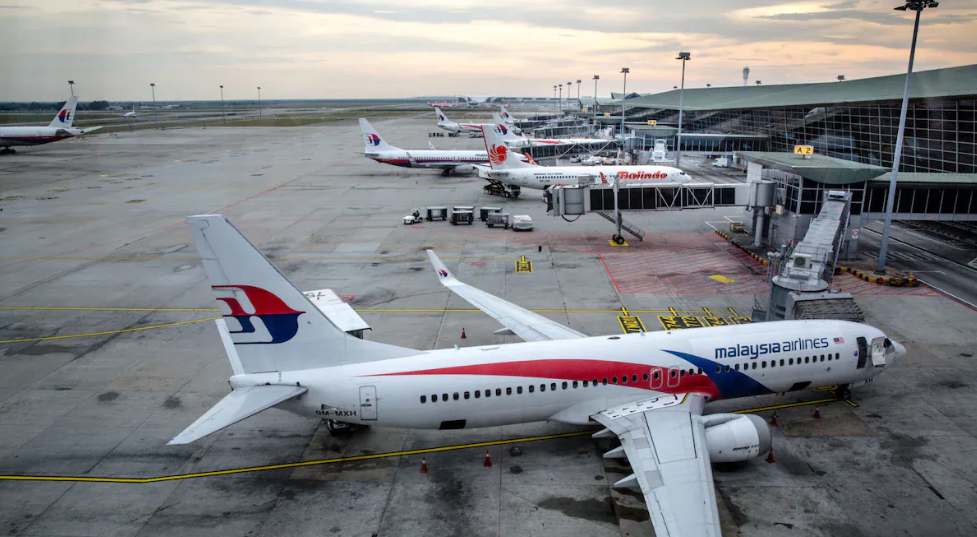Ten years have passed since Malaysia Airlines Flight 370 vanished into the night sky, leaving behind a void of unanswered questions and shattered families. The final radio transmission, “Good Night. Malaysian Three Seven Zero,” echoed from the cockpit, marking the beginning of one of modern aviation’s greatest enigmas. On March 8, 2014, the Boeing Co. 777 jet, carrying 239 souls from Kuala Lumpur to Beijing, disappeared from radar screens, sparking a relentless pursuit for answers.
Despite exhaustive search efforts spanning the depths of the southern Indian Ocean and the shores of distant continents, MH370’s main fuselage and the truth behind its fate eluded investigators. Amidst the chaos, calls for enhanced aircraft tracking and safety regulations echoed worldwide.
A proposed aircraft-tracking tool, aimed at preventing another MH370-like tragedy, has languished in bureaucratic limbo for a decade. While regulatory amendments and safety proposals abound, the implementation of crucial safety measures remains stalled by financial constraints and regulatory inertia.
The aviation industry’s response to the MH370 disaster has been marred by delays and half-measures. Efforts to mandate one-minute tracking for distressed aircraft have faced repeated setbacks, with the deadline pushed from 2021 to 2025. The failure to enforce timely safety standards leaves a glaring gap in aviation protocols, jeopardizing passenger safety and perpetuating the specter of uncertainty.
The quest for accountability and closure intertwines with technical and regulatory challenges. Delays in adopting tamper-proof tracking systems and equipping existing aircraft with essential safety features underscore systemic flaws in aviation governance.
Amidst the tumult, the haunting memory of MH370’s final moments lingers. The presumed sequence of events, tracing the aircraft’s erratic path over the southern Indian Ocean, offers little solace to grieving families and investigators alike. Despite meticulous forensic analysis and satellite data, the truth remains elusive, shrouded in darkness and speculation.
As the aviation community grapples with the legacy of MH370, the imperative for transparency and accountability looms large. The human toll of the tragedy, immortalized in the final report’s stark recollection of passengers’ names and seat numbers, serves as a poignant reminder of the quest for closure.
The road ahead is fraught with challenges and uncertainties. The aviation industry’s commitment to safety must transcend bureaucratic hurdles and financial considerations. The memory of MH370 demands nothing less than a comprehensive overhaul of aviation safety protocols and a steadfast commitment to transparency and accountability.
As the world reflects on a decade of unanswered questions and unresolved grief, the legacy of MH370 endures as a testament to the resilience of the human spirit and the relentless pursuit of truth in the face of adversity.

